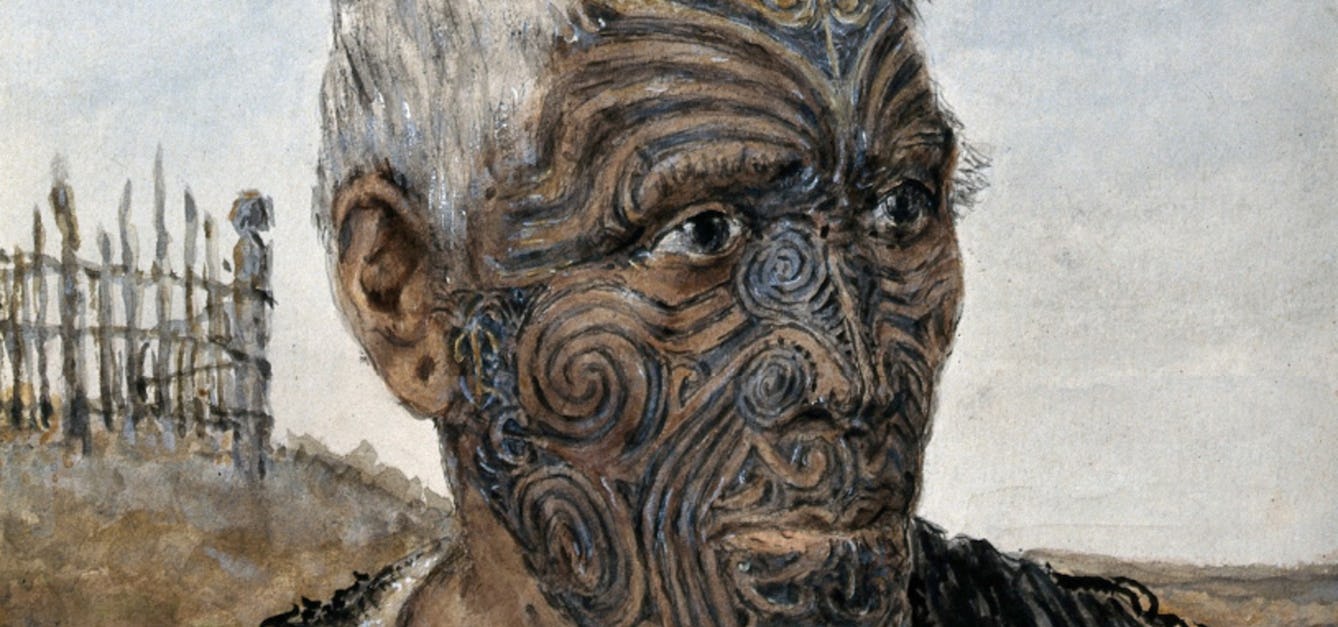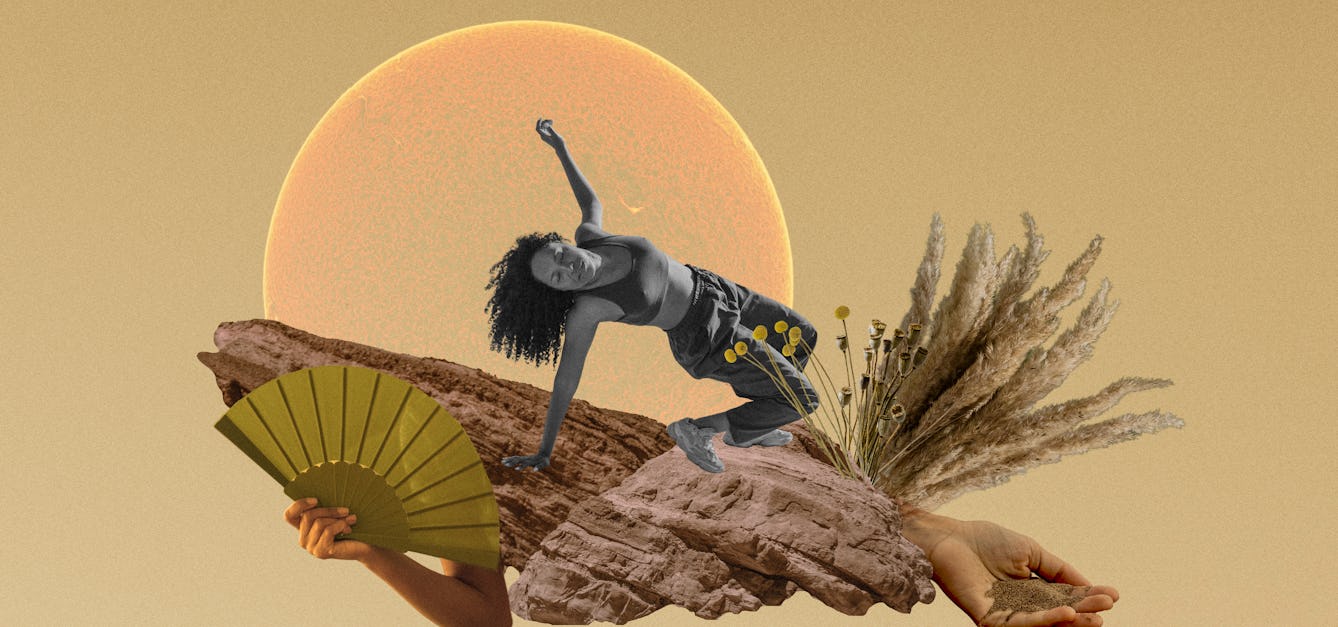Stories

- Article
The birth of the public museum
The first public museums evolved from wealthy collectors’ cabinets of curiosities and were quickly recognised as useful vehicles for culture.

- Article
A brief history of tattoos
The earliest evidence of tattoo art dates from 5000 BC, and the practice continues to hold meaning for many cultures around the world.

- Article
The hidden history of homesickness
Gail Tolley delves into the history of homesickness and discovers that its rich past holds a clue to how we view the experience today.

- Article
Heating up and drying out
Menopause doesn’t have to signify old age, but when your body feels like it’s letting you down, it’s hard not to believe that your useful life may be over.
Catalogue
- Books
American Museum of Natural History : 125 years of expedition and discovery / Lyle Rexer and Rachel Klein ; foreword by Edward O. Wilson.
Rexer, Lyle.Date: 1995- Archives and manuscripts
American Museum of Natural History - "Growing Up With DNA" (23 May 1991)
Date: 1990-1991Reference: JDW/2/8/1/221Part of: James D. Watson Collection- Books
The Stokes paintings representing Greenland Eskimo : a description of the mural decorations of the Eskimo Hall given to the American Museum of Natural History by Arthur Curtiss James / edited by Edmund Otis Hovey.
Date: 1909- Journals
Report on the British Museum (Natural History).
British Museum (Natural History)Date: 1966-- Books
List of serial publications in the British Museum (Natural History) Library.
British Museum (Natural History). Library.Date: 1968









